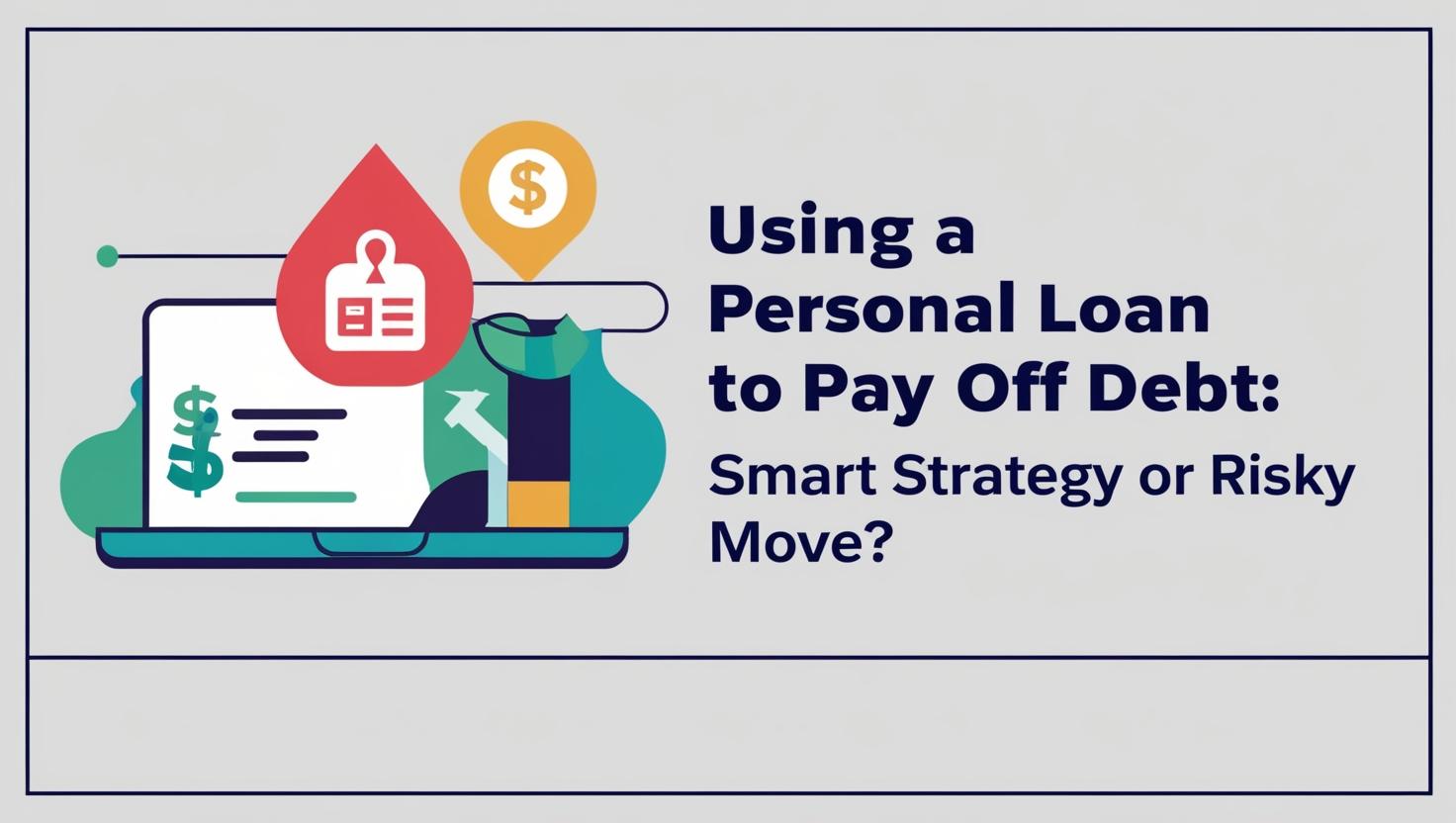Financial freedom is about more than just money. It’s the ability to make life choices without financial stress weighing you down. For many young adults, financial freedom can feel distant amidst student loans, entry-level salaries, or the pressure of starting a family. But here’s the truth: small, intentional changes can set you on the path to a freer, more secure future.
Understanding Financial Freedom
Financial freedom means having enough income, savings, and investments to cover your living expenses without needing a paycheck. It’s about being in charge of your financial life and having the flexibility to make choices based on what you value, not just your bank balance.
Many people on the path to financial freedom start by building a safety net through savings and investments while reducing debts. It’s not a one-size-fits-all journey; instead, it’s about steady progress towards independence.
For further insights, this Investopedia article outlines some essential habits that can help you succeed.
The Core Principles of Financial Freedom
- Live Below Your Means
Spending less than you earn gives you the extra cash to save and invest. It’s a habit that builds over time. - Pay Down Debt
Prioritize high-interest debts, like credit cards, which can quickly eat into your finances. - Save Consistently
Automate savings to make it effortless. Even small amounts add up over time. - Plan for the Future
Think about where you want to be in 10 or 20 years and use that as a motivation to stay on track.
Building an Emergency Fund
An emergency fund is foundational to financial freedom. It’s your buffer for unexpected expenses like car repairs or medical bills. Aim for 3-6 months of basic living expenses in a separate, easily accessible savings account.
Start small if needed—saving $10 a week adds up to $500 in a year. As you grow your income, increase your savings contributions.
Automating Your Savings and Investments
Automation removes the guesswork from saving and investing. Schedule automatic transfers to your savings account every payday, and consider automating contributions to a retirement account or another investment vehicle.
The earlier you start investing, the more you benefit from compound growth. As highlighted in this MoneyFit overview, planning your investments now can transform your financial future.
Steps Young Adults Can Take to Achieve Financial Freedom
Creating a Budget That Works
A budget isn’t a restriction—it’s a roadmap. The popular 50/30/20 rule allocates 50% of your income to needs, 30% to wants, and 20% to savings or debt repayment. This keeps your spending intentional and aligned with your goals.
For more help getting started, check out Effective Personal Budgeting Strategies for actionable tips on creating a manageable budget.
Paying Off High-Interest Debt
Debt can feel overwhelming, but prioritizing high-interest obligations is key. Start with the “avalanche method,” focusing on high-interest debts first, or the “snowball method” to tackle smaller debts for psychological wins.
Every dollar you’re not paying toward interest is one that can go toward achieving financial freedom.
Investing for Beginners
Investing doesn’t require a fortune. Start small with something as simple as index funds. Diversify your portfolio over time to minimize risks and maximize growth.
Need guidance? The Money Smart guide offers practical steps for first-time investors.
Maximizing Career Opportunities for Higher Income
One of the quickest ways to build financial freedom is by growing your income. Ask yourself: Am I being compensated fairly?
Consider negotiating your salary or investing in skills that can boost your value in the job market. Side hustles and freelancing can also be great options for supplementary income.
Common Challenges on the Path to Financial Freedom
Navigating Financial Setbacks
Life happens. Losing a job or dealing with sudden expenses can shake your progress. Having insurance, an emergency fund, and adaptable plans can keep these setbacks from derailing your journey entirely.
Avoiding Lifestyle Inflation
It’s tempting to elevate your lifestyle with each raise. Instead, use raises to push toward your financial goals faster—save more, invest more, and squash debt. Resisting lifestyle inflation is one of the best moves for long-term wealth creation.
If you’re looking for strategies, this article shares disciplined financial habits inspired by samurai principles.
Conclusion
Financial freedom isn’t a leap—it’s a series of small, consistent steps. From budgeting and saving to investing and avoiding lifestyle inflation, every choice adds up over time. Start where you are today, and take control of your finances. Remember, the journey to financial freedom is one filled with empowerment and possibilities.







19 responses to “Financial Freedom: A Path to Living Life on Your Terms”
The analogy of financial freedom as a ‘roadmap’ resonates deeply, emphasizing the importance of strategic planning and direction in one’s financial journey.
Highlighting the 50/30/20 budgeting rule offers a practical framework, balancing necessities, desires, and savings to maintain financial health.
The emphasis on living below one’s means serves as a cornerstone principle, reinforcing that disciplined spending is foundational to financial independence.
Prioritizing high-interest debt repayment is akin to removing financial shackles, liberating resources for more productive uses
The concept of an emergency fund as a financial safety net provides peace of mind, ensuring preparedness for unforeseen expenses
Encouraging investment at any income level demystifies the process, making wealth accumulation accessible to all.
The focus on continuous learning and skill development underscores the role of personal growth in enhancing earning potential
Addressing lifestyle inflation is a timely reminder that increased earnings should not automatically lead to increased spending
The inclusion of both the avalanche and snowball debt repayment methods offers tailored approaches to debt reduction, catering to individual preferences.
Emphasizing the psychological benefits of small financial wins highlights the importance of motivation in the journey to financial freedom.
The article’s holistic approach, integrating budgeting, investing, and career advancement, provides a comprehensive guide to financial independence.
Recognizing that financial freedom is not a one-size-fits-all journey acknowledges the unique circumstances and goals of each individual.
The actionable steps outlined transform abstract financial concepts into practical, achievable tasks
Highlighting the importance of aligning financial decisions with personal values ensures that the pursuit of wealth does not come at the expense of personal fulfillment.
The discussion on the role of side hustles and freelancing opens avenues for diversifying income streams, enhancing financial resilience.
Addressing common challenges on the path to financial freedom equips readers with strategies to navigate potential setbacks effectively.
The emphasis on adaptability in financial planning reflects the dynamic nature of life and the need for flexible strategies.
Encouraging readers to envision their future selves serves as a powerful motivator, linking present actions to long-term aspirations.
The article’s empathetic tone acknowledges the emotional aspects of financial management, fostering a supportive environment for readers embarking on this journey